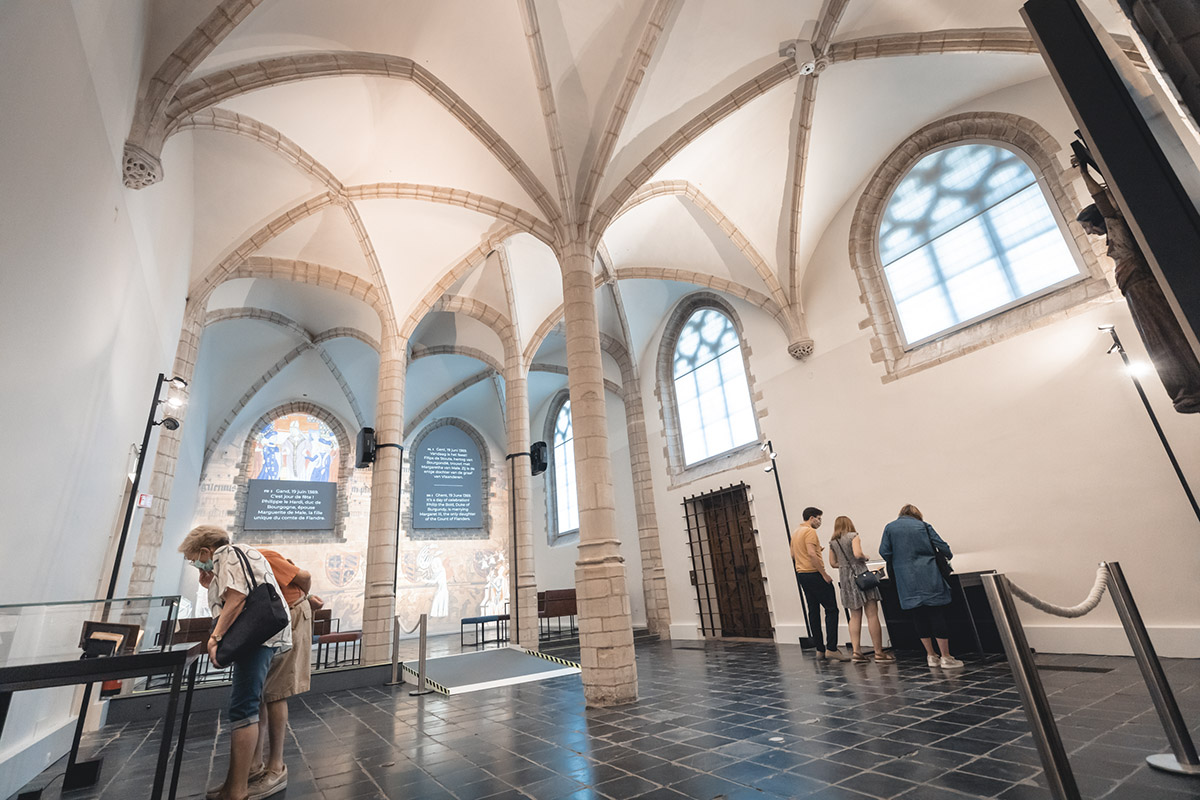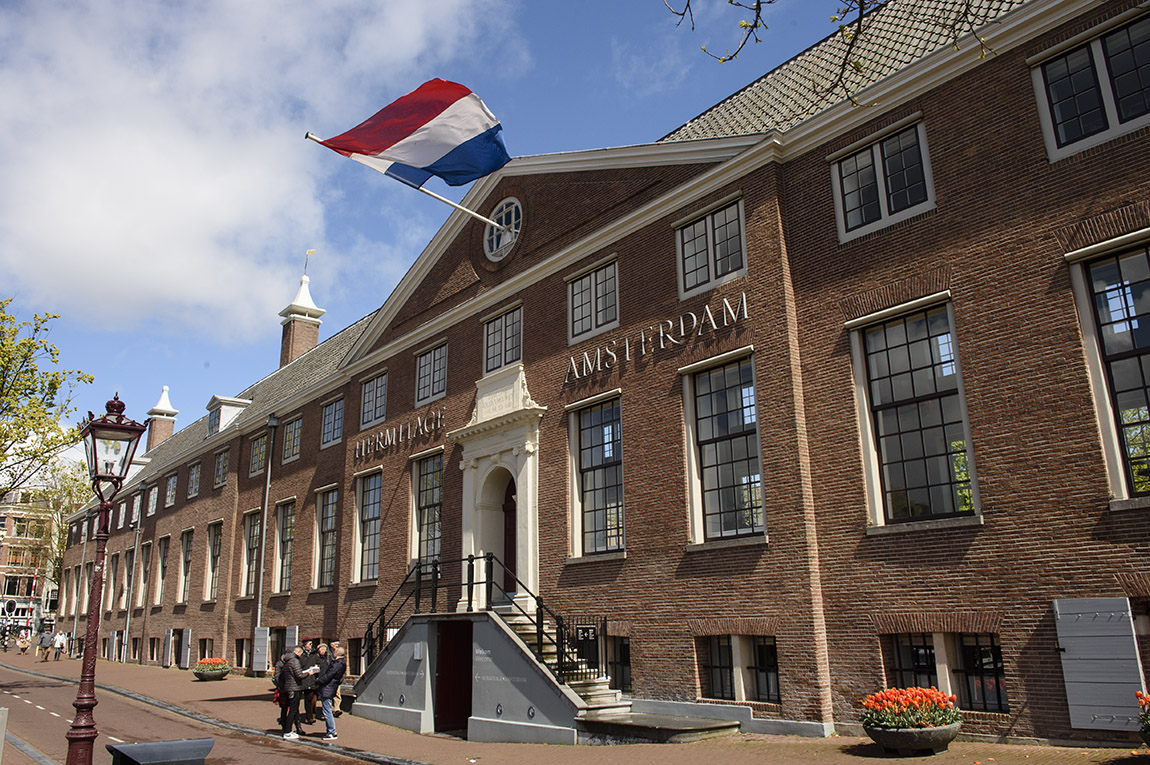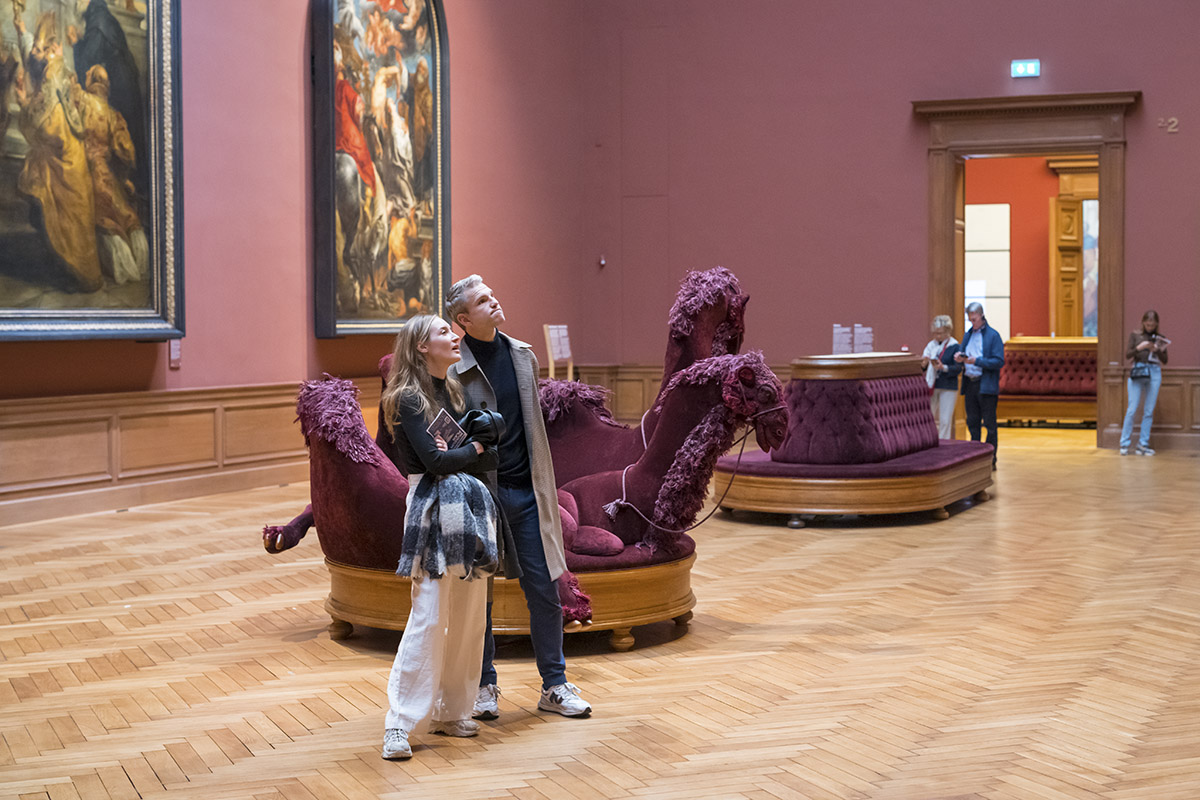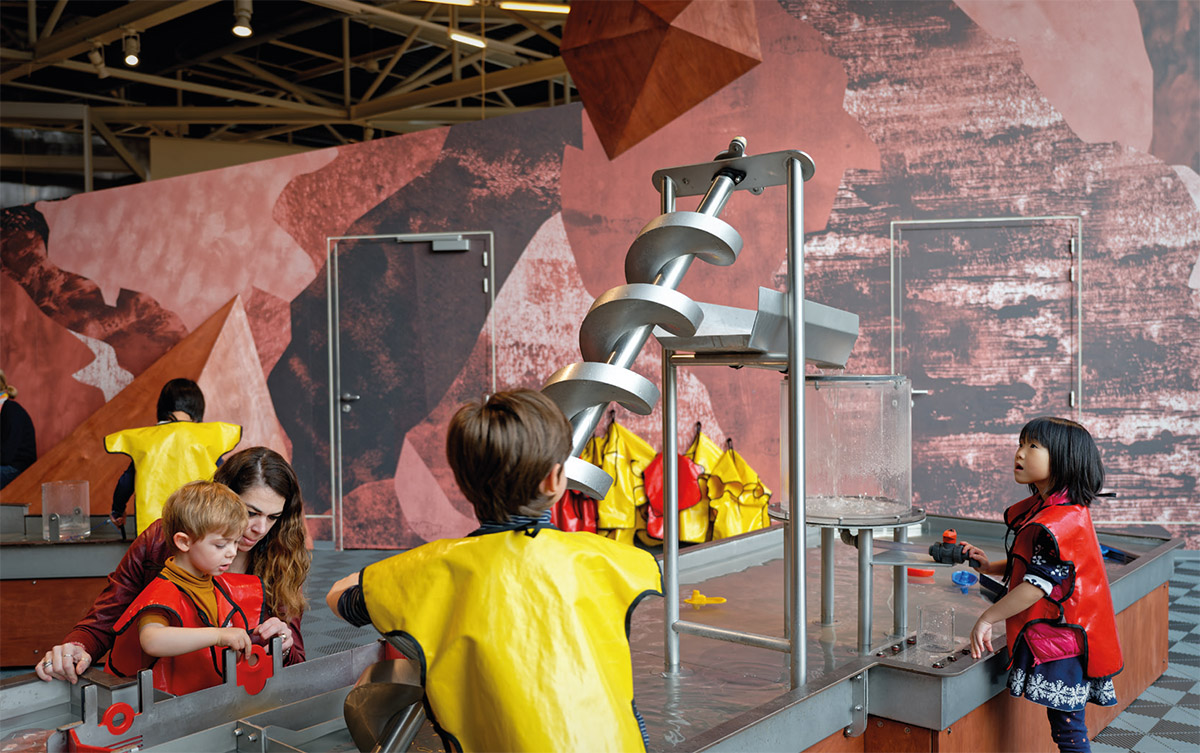Museum of Industry
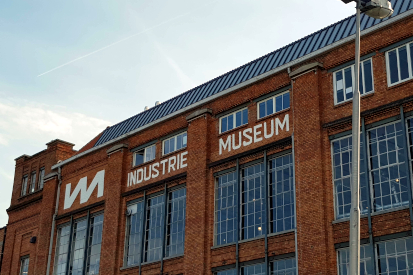
Living through the industrial revolution
TEXT: MICHIEL STOL | PHOTOS © CORLAZZZOLI
What must it have been like to work in a factory in the 1800s? In the Museum of Industry in Ghent, formerly known as MIAT, you will get an answer to that very question, thanks to a new permanent exhibition. “Through witness testimony you will learn about life in the factories over the last three centuries,” explains Hilde Langeraert, curator at the museum.
Ghent has been a major pre-industrial city since medieval times. It was a cradle for the industrial revolution on the European mainland. The city and the region hold a lot of industrial history, which is now on display at the Museum of Industry. It is located in a former cotton spinning mill in the city centre and offers an impressive panorama of Ghent from the upper floor: on the one side, the old city with its three towers; on the other side, the old harbour.
Until recently, this was the Museum for Industry, Labour and Textile (MIAT). But after 40 years of growth and changes, the name does not cover the full story anymore. Nowadays, the collection also holds items around printing, advertising and consumer goods. Rebranded as Museum of Industry, it also counts as an important point of information. Langeraert: “The library and knowledge centre act as a bridge between the scientific collection and the wider (inter)national heritage community.”
From October, the new permanent exhibition will display three centuries of industry in Belgium. The exhibition consists of four ‘boxes’. “They represent important time frames of the industrial revolution,” elaborates Langeraert. “Each ‘box’ recounts the stories of three main witnesses from a certain period in history. Through these stories, we learn what living and working was like.”
The stories are being told via interviews with the witnesses, and artefacts. Not just utensils and tools, but, for example, also the rag doll of Juliana, who worked in the flax factory as a young child. “Them telling their story is so much more powerful than us telling it.”
The museum also displays a lot of machinery from the early days of the revolution until now. It includes a self-acting spinning machine − which featured in the Belgian film classic Daens – and the iconic Mule Jenny, a machine smuggled into Ghent from the UK. “Mule Jenny introduced the industrial revolution on the continent and symbolises the growth of the textile industry.” Today, it is one of the Flemish masterpieces recognised by the local government.
Subscribe to Our Newsletter
Receive our monthly newsletter by email
